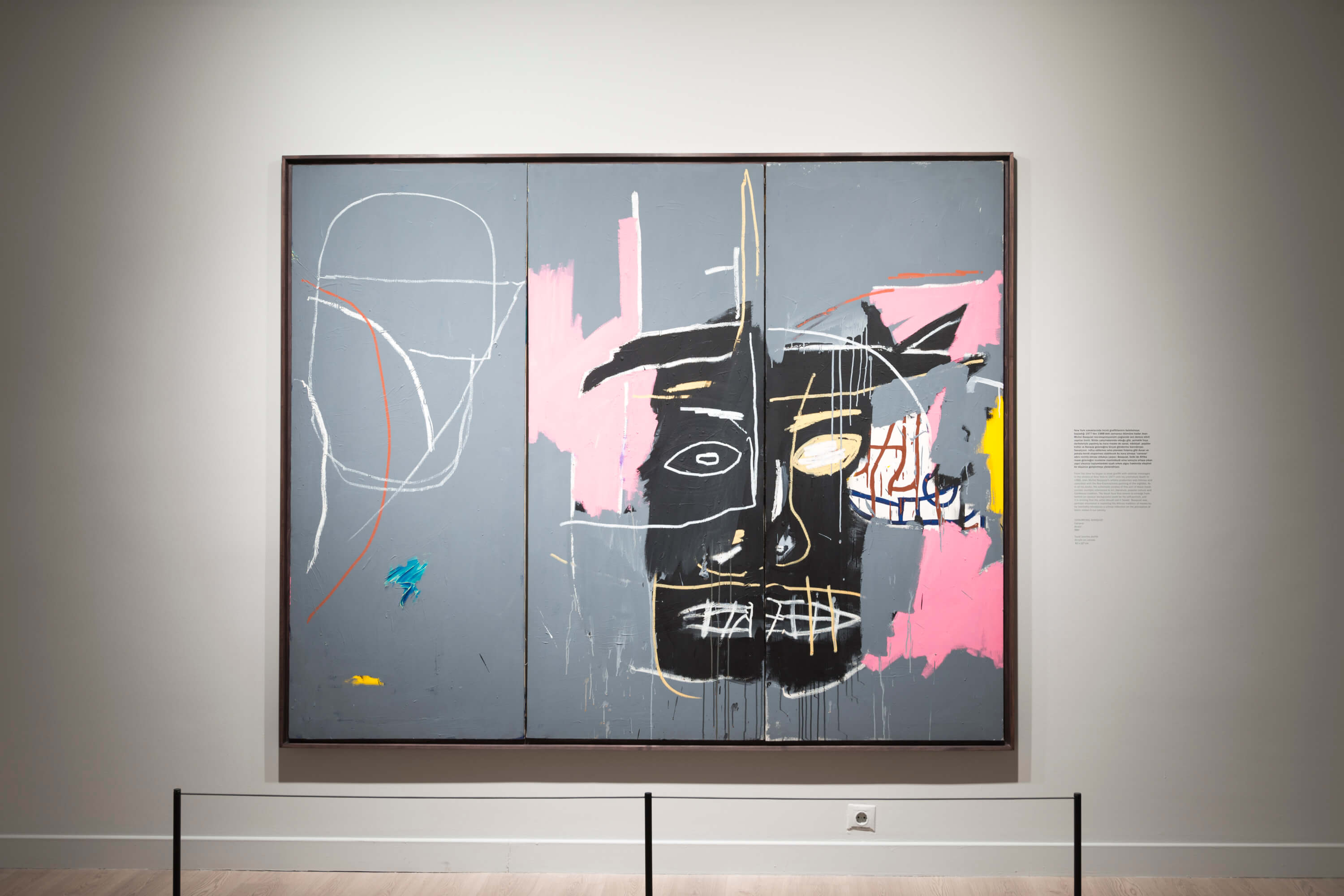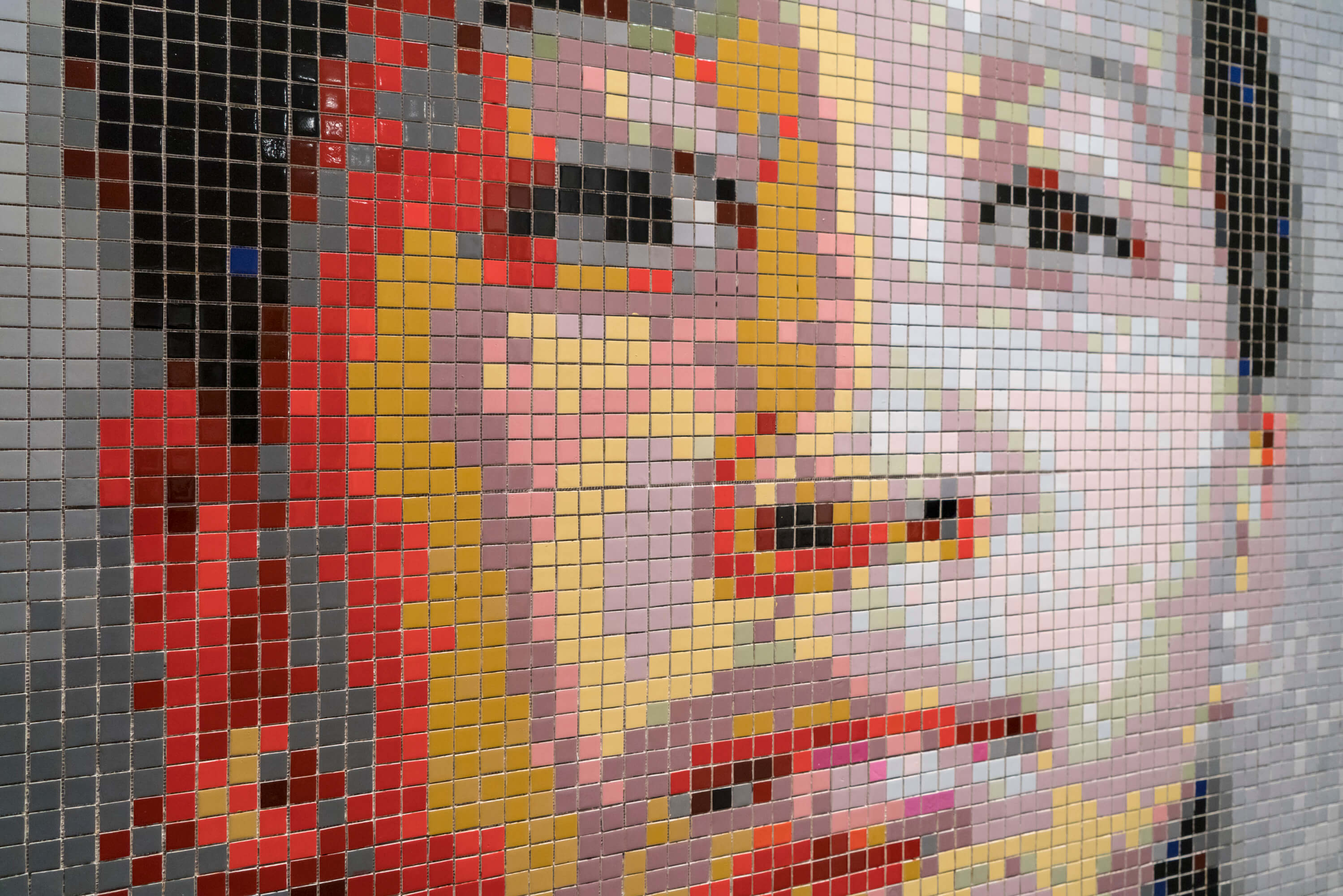Children take a guided tour of Souvenirs of the Future and are inspired by Livia Marin's Remnants, in which she uses ceramic object photographs, paper, casein paint, and foil. In the workshop, children learn Kintsugi, a Japanese technique involving the concepts of accepting, embracing and interpreting the imperfect with a new perspective and give new life to broken pottery pots with colored plasticine and various materials.
Capacity: 10 people
Duration: 90 minutes
Fee per workshop: 250 TL
The event will take place at the Pera Museum (face-to-face).
For more information: ogrenme@peramuzesi.org.tr

The exhibition “Look At Me! Portraits and Other Fictions from the ”la Caixa” Contemporary Art Collection” examined portraiture, one of the oldest artistic genres, through a significant number of works of our times. Paintings, photographs, sculptures and videos shaped a labyrinth of gazes that invite spectators to reflect themselves in the social mirror of portraits.

The exhibition “Look At Me! Portraits and Other Fictions from the ”la Caixa” Contemporary Art Collection” examined portraiture, one of the oldest artistic genres, through a significant number of works of our times. Paintings, photographs, sculptures and videos shaped a labyrinth of gazes that invite spectators to reflect themselves in the social mirror of portraits.
Tuesday - Saturday 10:00 - 19:00
Friday 10:00 - 22:00
Sunday 12:00 - 18:00
The museum is closed on Mondays.
On Wednesdays, the students can
visit the museum free of admission.
Full ticket: 300 TL
Discounted: 150 TL
Groups: 200 TL (minimum 10 people)